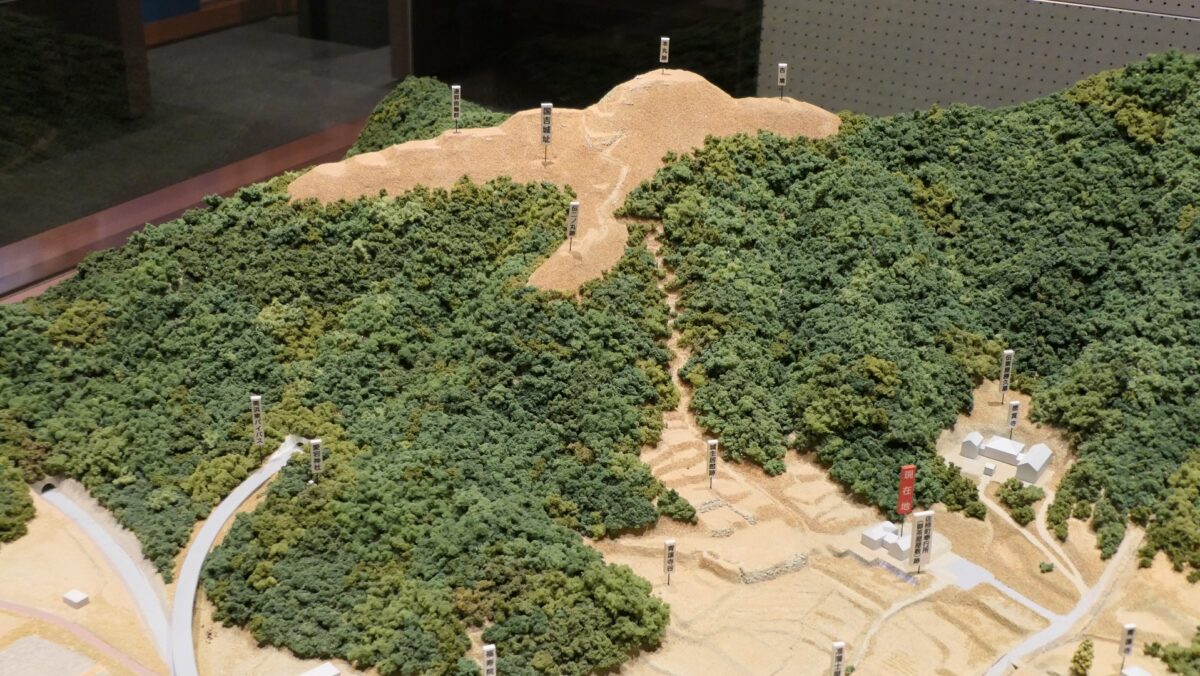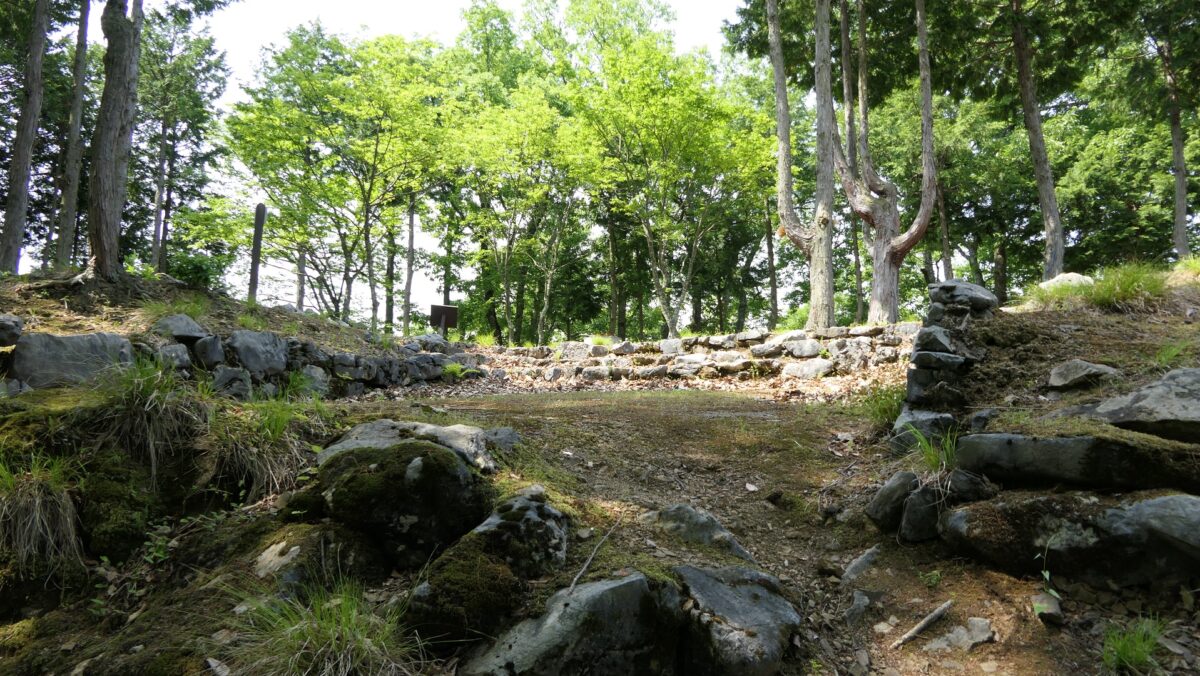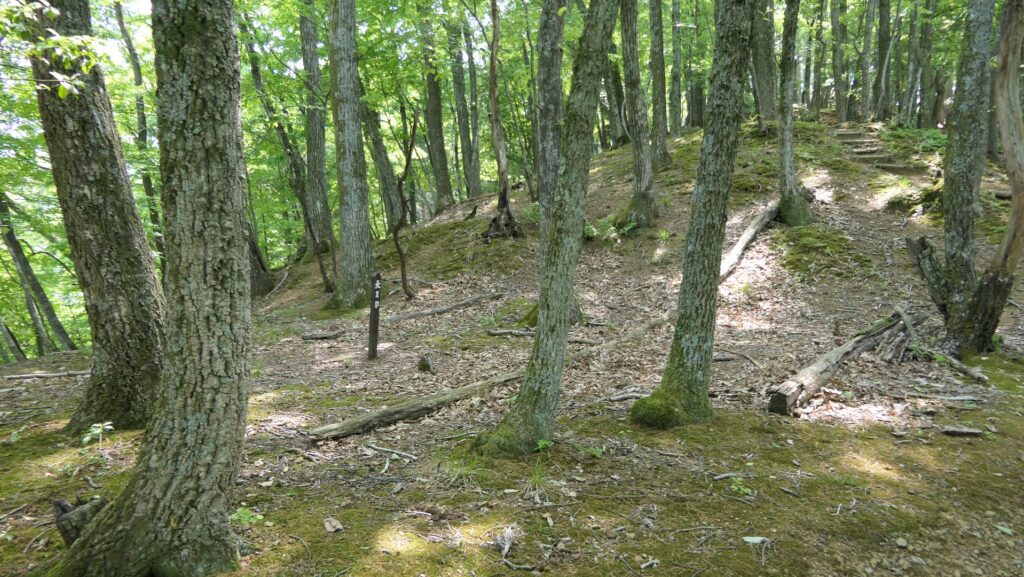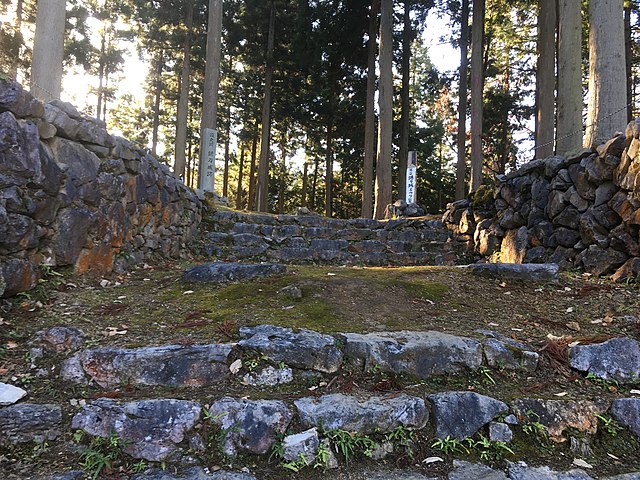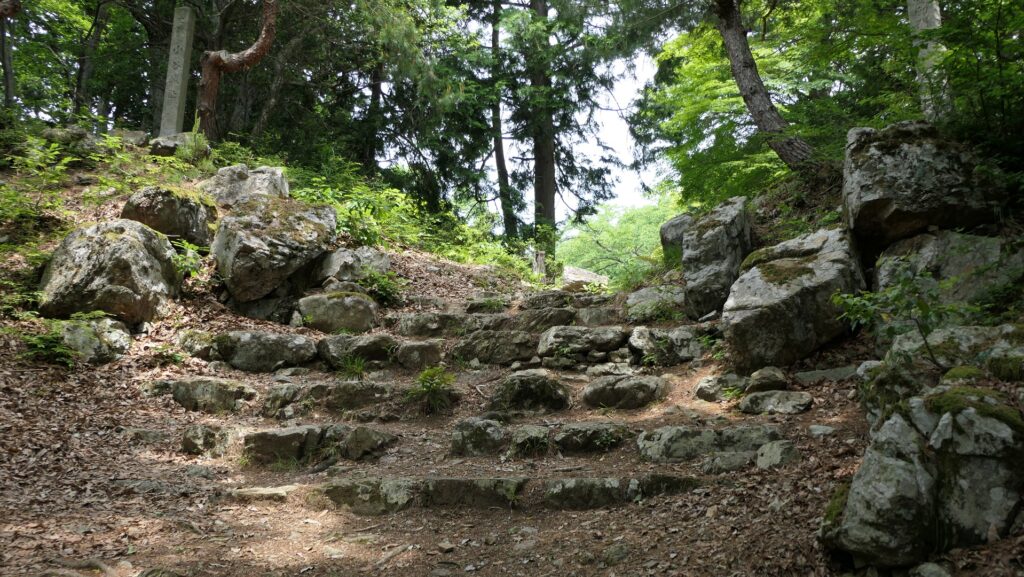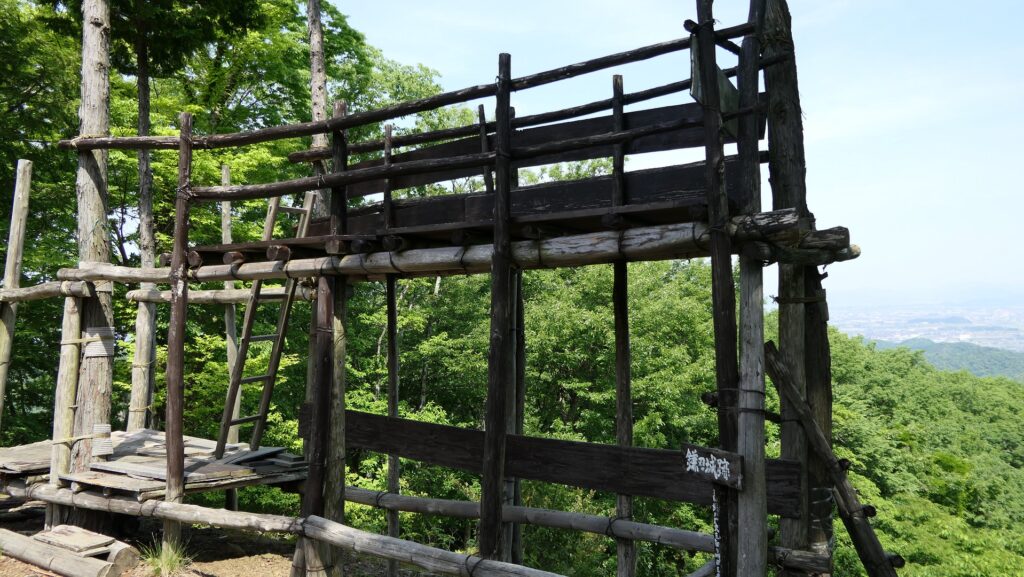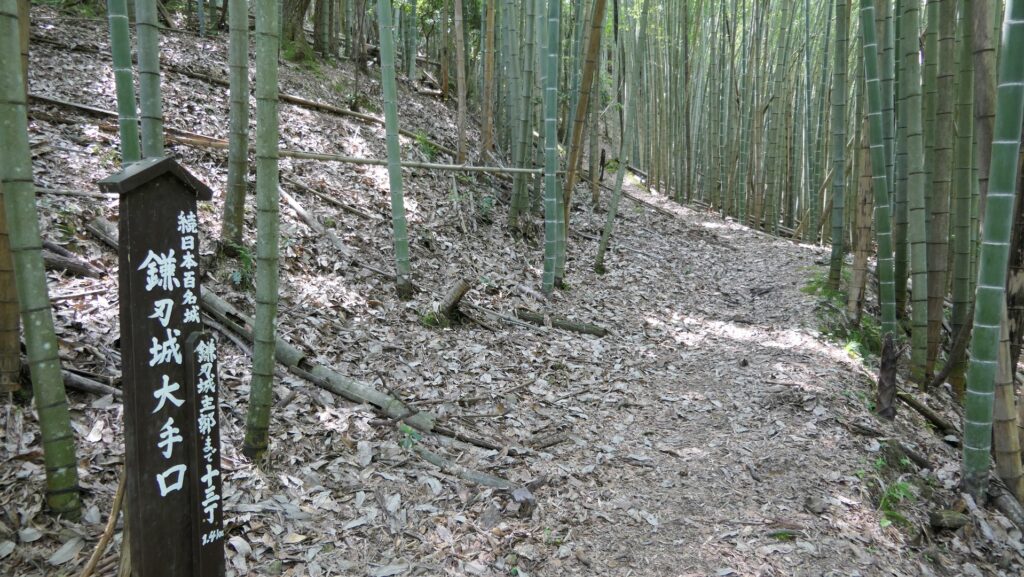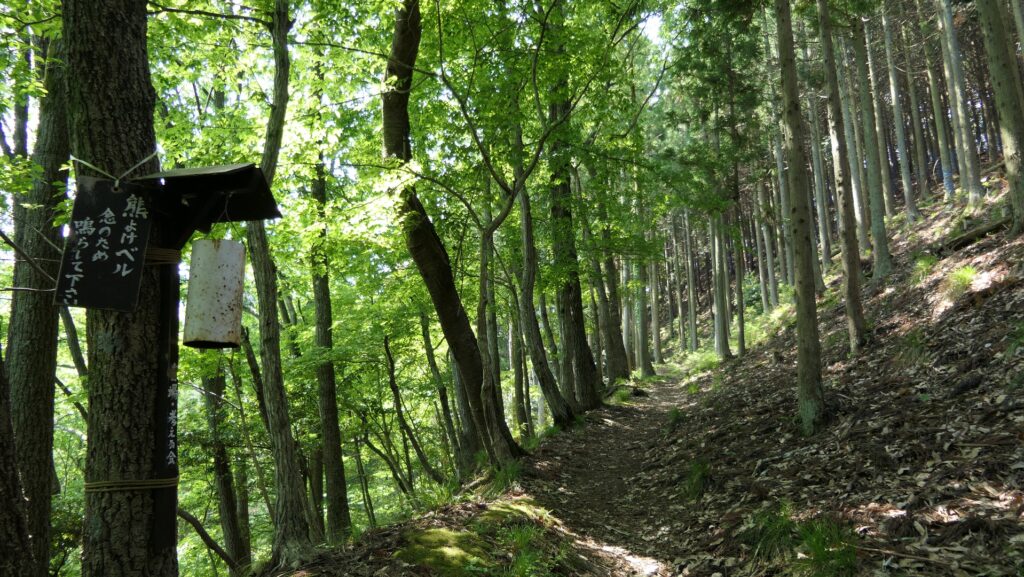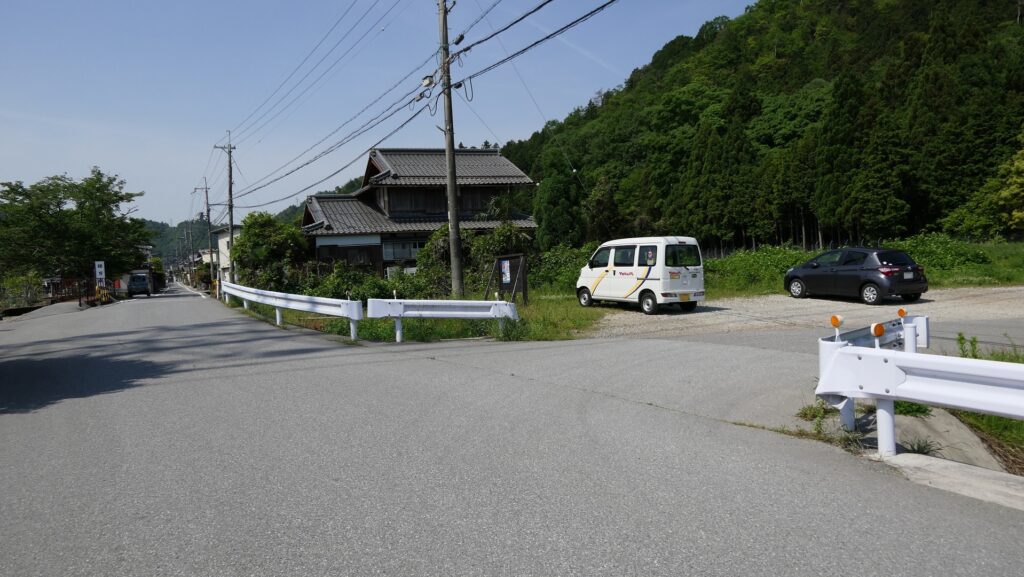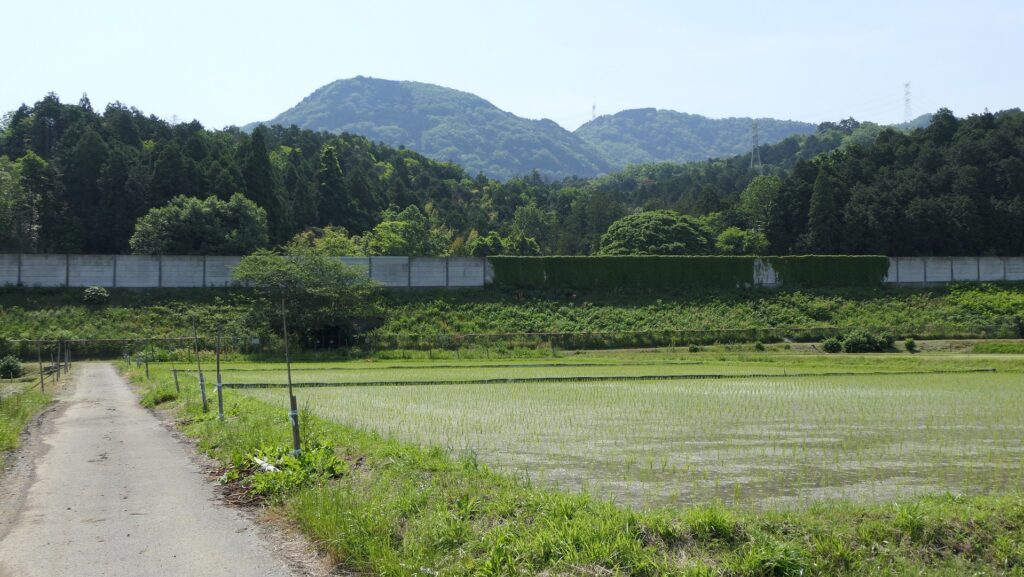Features
Main Enclosure on Top
You will finally arrive at the Main Enclosure on the top. From there, you can enjoy great views of Wakasa Bay in the east and the Sgaki town in the west. There are two entrance ruins called Koguchi. There is also a mud mound which might have had a turret or Main Tower. If you have more time, you can explore the enclosure lines on the ridge over the ditch in front of the Main Enclosure.
The map around the Main Enclosure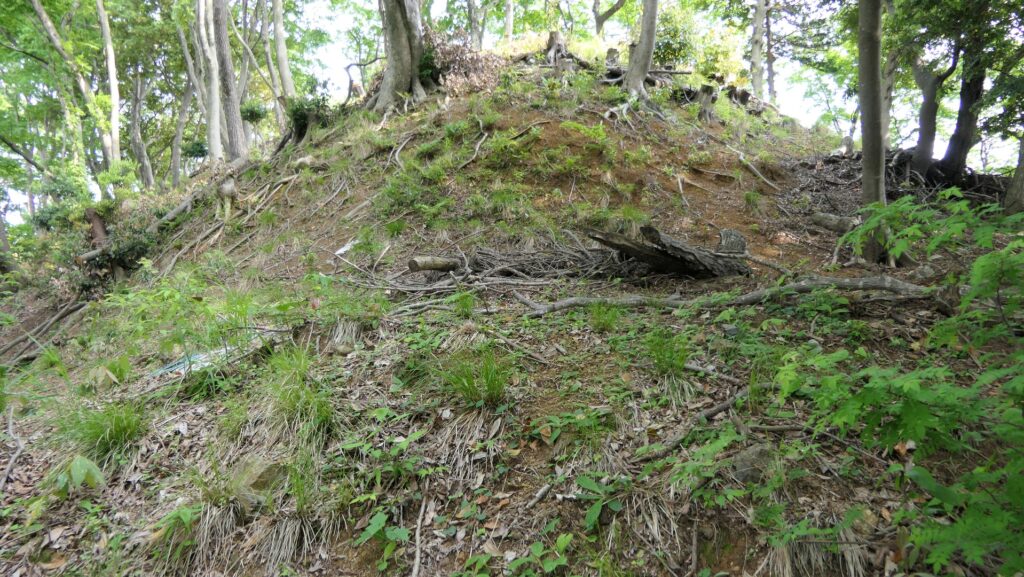
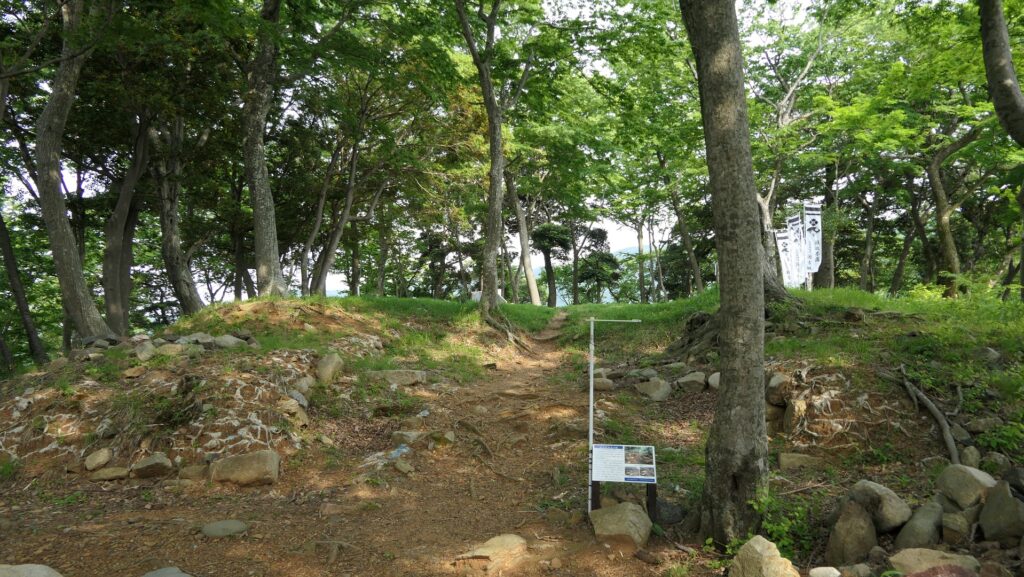

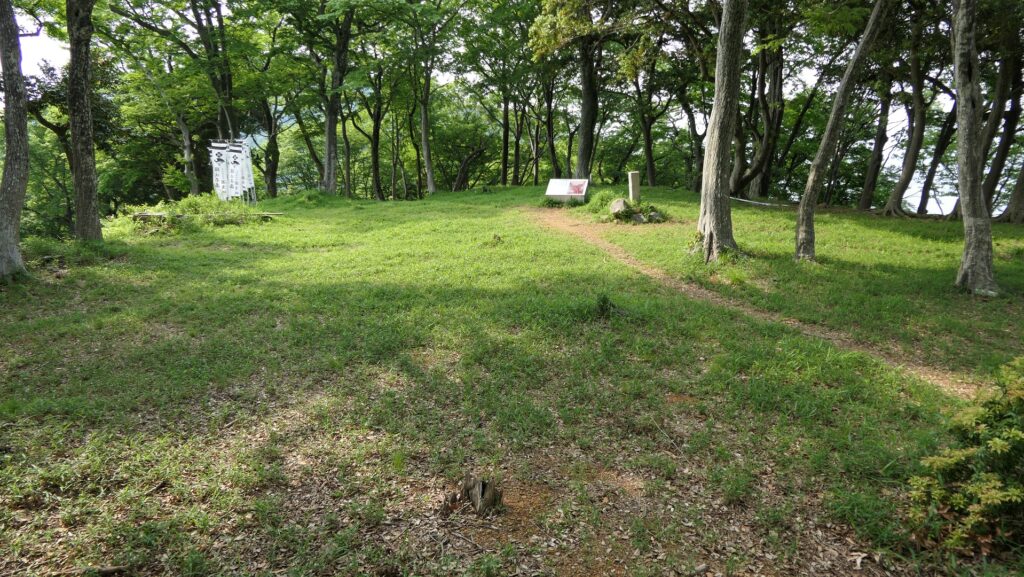
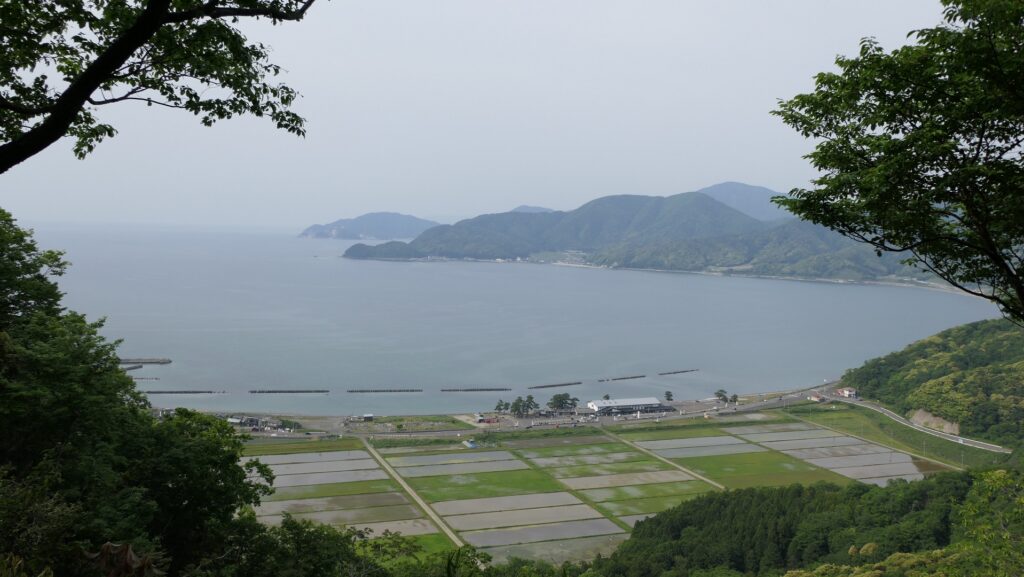
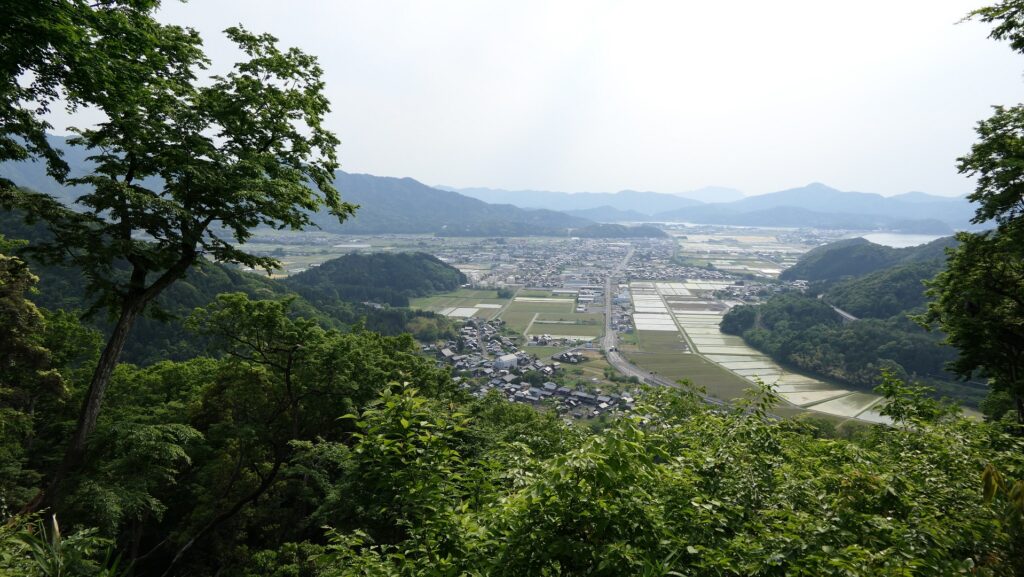
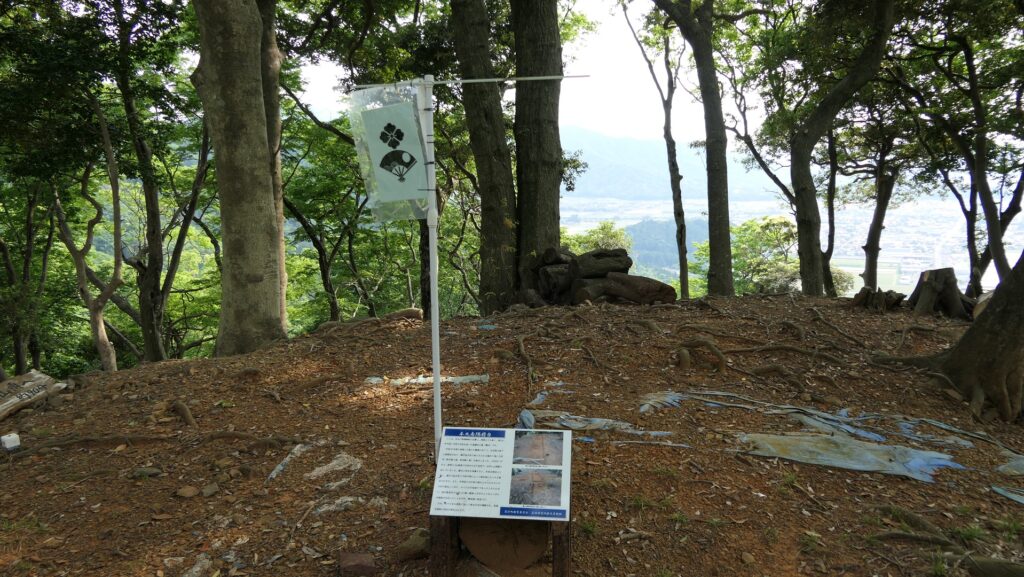
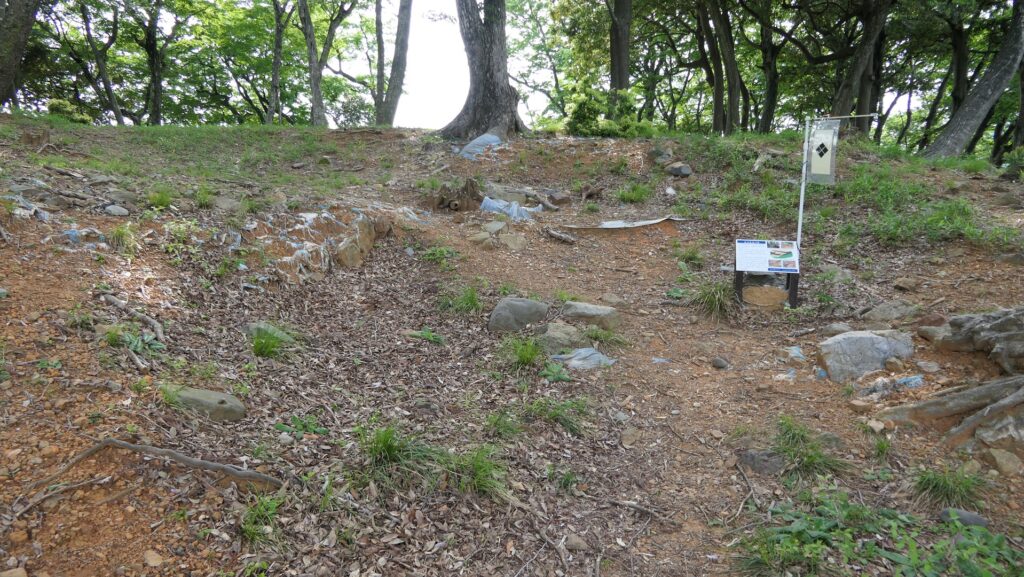
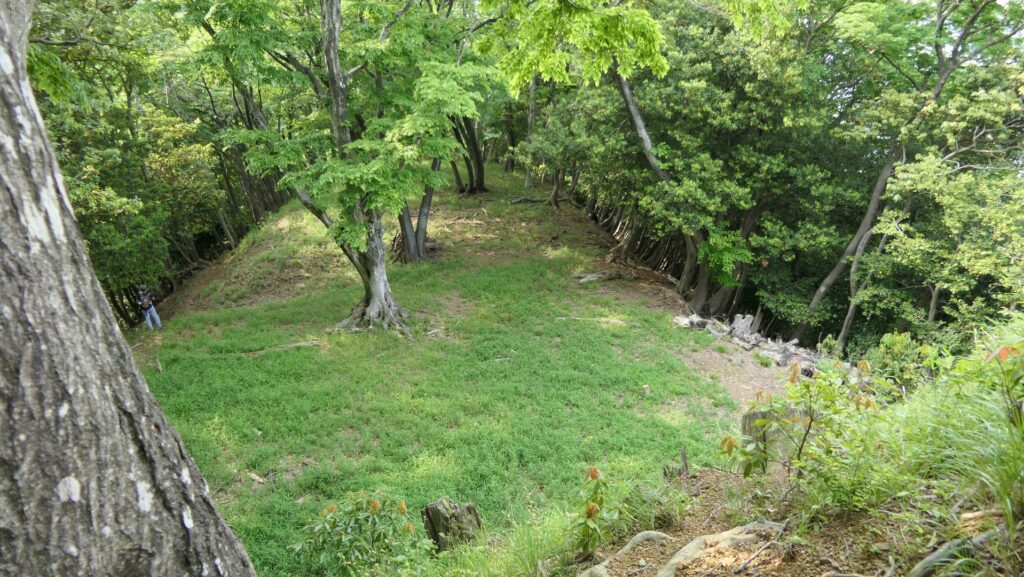
Later History
In the beginning of the Edo Period, a monk, who joined the battle in the castle against the Asakura Clan, wrote his experience known as “The record of besiege of Kuniyoshi Castle” which spread throughout the period. That’s why the name Kuniyoshi became popular. The ruins were first scientifically researched in 1916. Mihama Town, which owns the ruins, has been excavating and developing the ruins as a historical site since 2000.
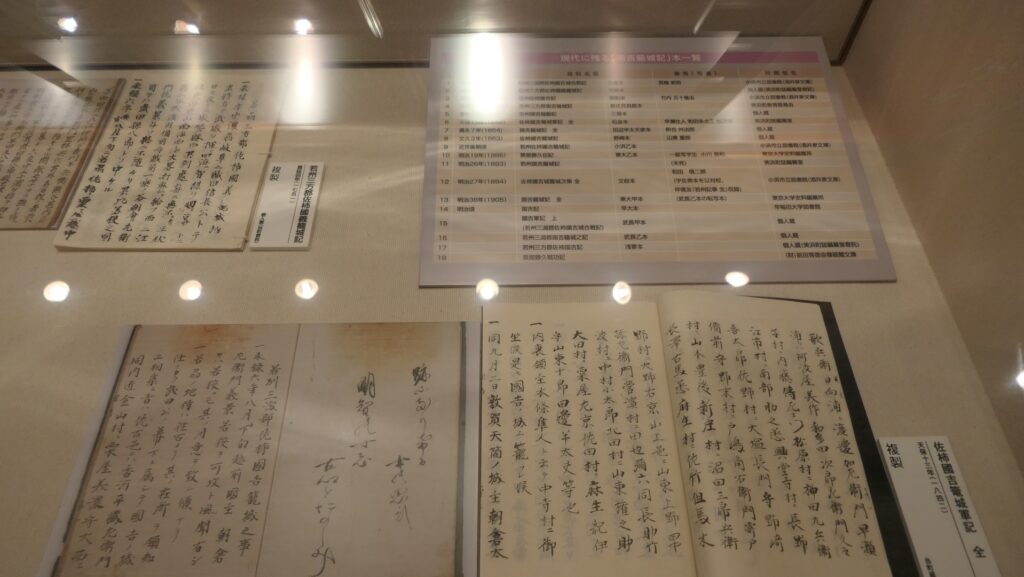
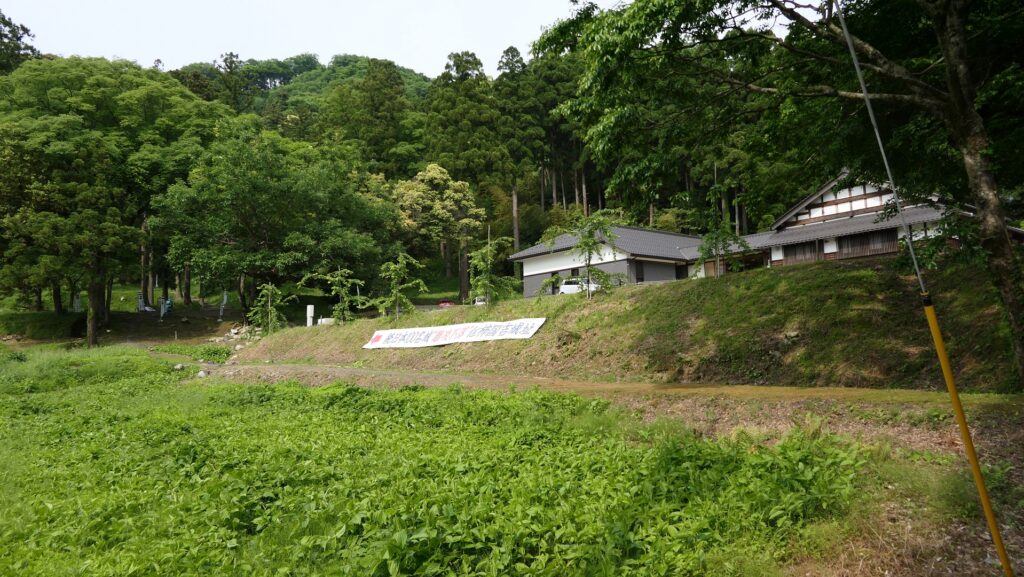
My Impression
Castles have had many functions such as being a lord’s home base, a base for offense, a strong point for defense, or even a government office. I think Sagaki-Kuniyoshi Castle was definitely specialized for defense, otherwise, the rebel army led by Katsuhisa Awaya would not have been able to repel the troops from the Asakura Clan as many as 5 times. When visiting the ruins, I was able to see and experience this with my own eyes.
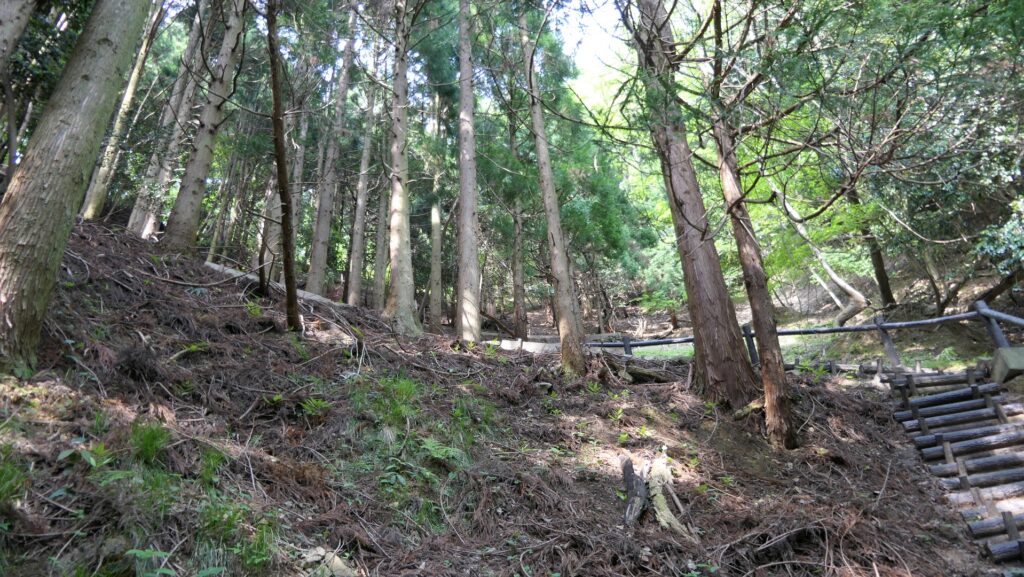
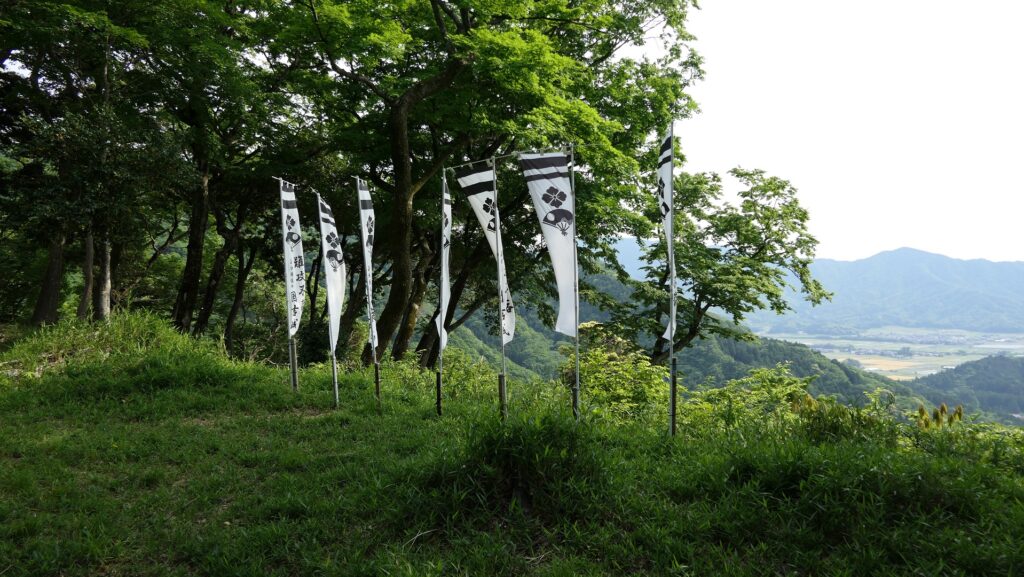
How to get There
I recommend using a car when you visit.
It is about a 10-minute drive away from Wakasa-Mihama IC on the Maizuru-Wakasa Expressway. There is a parking lot for visitors in front of the ruins.
If you want to use public transportation, it takes about 30 minutes on foot from JR Mihama Station to get there.
To get to Mihama Station from Tokyo: Take the Tokaido Shinkansen super express, transfer to the Hokuriku Line at Maibara Station and transfer to the Obama Line at Tsuruga Station.

That’s all. Thank you.
Back to “Sagaki-Kuniyoshi Castle Part1”
Back to “Sagaki-Kuniyoshi Castle Part2”

